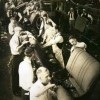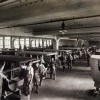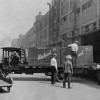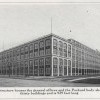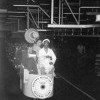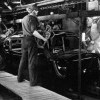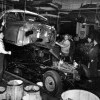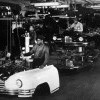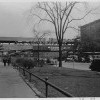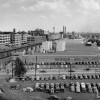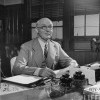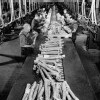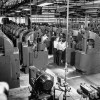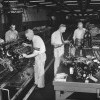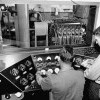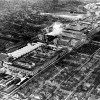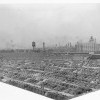Acreage |
|
A PHP Error was encountered
Severity: Notice
Message: Only variables should be passed by reference
Filename: pages/site.php
Line Number: 13

- Genre:Car Manufacturing / Assembly Plant
- Comments: 186
- Built:1903
- Opened:1911
- Age:121 years
- Closed:1999
- Demo / Renovated:N/A
- Decaying for:25 years
- Last Known Status:Being demolished or renovated

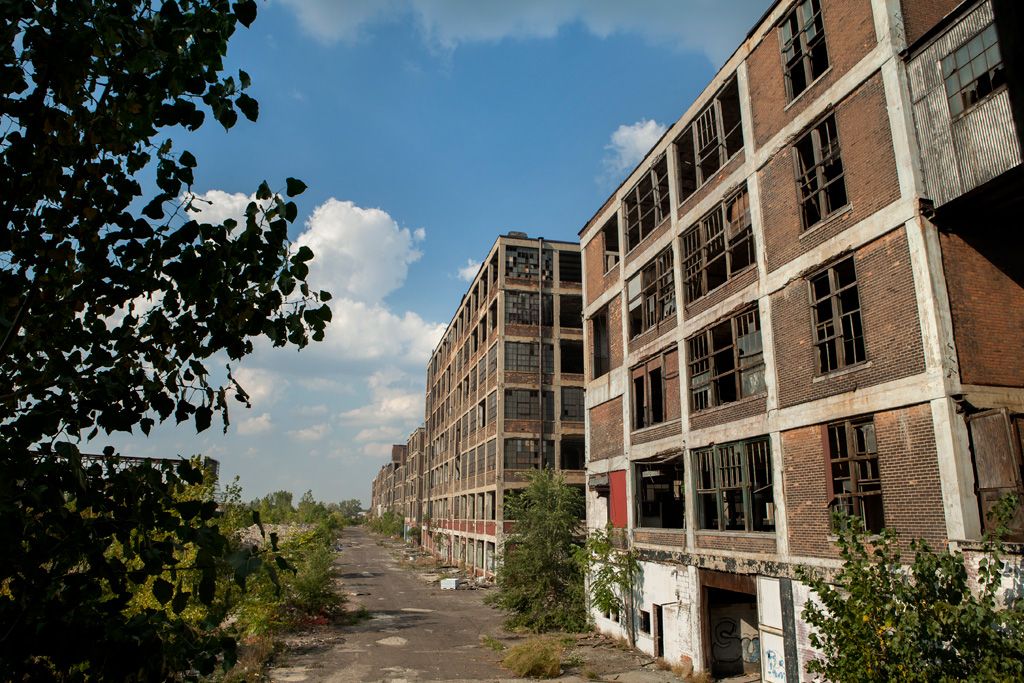
Photo © 2007 Tom Kirsch, opacity.us
Packard Automotive Plant History
The Packard Motor Car Company was founded by two brothers, James and Willam Packard, with a tidy sum of money they made producing arc lamps in the 1890s. The company began in Warren Ohio in 1899, where the brothers produced a one-cylinder Model A, which had twelve horsepower and a top speed of 30 MPH. Looking to expand production, the Packard brothers set their sights on Detroit, which was quickly becoming the mecca of automobile manufacturing.
Construction began on the new Packard Automotive Plant in Detroit in 1903 along a stretch of East Grand Blvd on Detroit's East side, with local architect Albert Kahn designing the buildings. During the next two years, nine buildings were erected on the site in a style typical of most industrial mills and factories at the time, with small rooms, little natural light, and flammable wood construction. In 1904, Albert Kahn sought to improve these flaws in the tenth building at the Packard Plant, and enlisted the help of his brother Julius Kahn to design a trussed concrete and steel re-bar system, which provided incredible strength (100 lbs. per square foot) and was fireproof; this was to be renowned as the "Kahn Bar." Packard's Building #10 became a model for industrial buildings across the country; reinforced concrete floors and support pillars allowed for large, open spaces that could support heavy machinery, and the L-shaped building layout allowed for natural light to enter a line of large windows along the facade. These materials and methods were so progressive, the first nine buildings at the plant were entirely renovated to use the Kahn Bar and open up the interior spaces.
In 1905, the plant comprised of two acres of floor space which seemed more than ample at the time, but within five years, business boomed and the plant had expanded to a vast 33.6 acres of interior. The buildings comprised of administration buildings, a powerhouse, truck shops, wood working, body making, and sheet metal shops, and expanded to include machine shops, a forge, foundry, and another powerhouse. A 1,843 foot long steam tunnel was constructed to supply power, water, compressed air and steam throughout the vast plant. Eventually, the entire complex grew to 52.5 acres of land containing over 74 buildings, holding about 3.5 million square feet of floor space in total, and held the title of the largest auto plant in the country.
Packard became well-known for their innovative luxury cars by the early 'teens. In 1916 Packard unveiled the world's first 12-cylinder automobile, the "twin-six," which outsold the other luxury cars made by Lincoln, Peerless, and Cadillac. The plant also dedicated resources in World War I to assemble airplane engines. When the Great Depression hit, the company introduced a mid-priced six-cylinder engine as a more affordable option, which helped the company survive the financial crisis.
When the country entered World War II in 1942, the plant halted all car production and focused on assembling Rolls Royce aircraft engines for the Air Force, ship engines for the Navy, an employed about 36,000 people. After the war, Packard began marketing lower-priced cars, and although the company was financially strong, these cars did not return high profit margins as the luxury models did. Sales began to decline rapidly, and Packard cars were soon being sold to the taxi cab and fleet markets, diminishing the luxury brand they were once so well-known for. By 1954, Packard was only selling 27,000 cars each year, and the aging multi-story assembly line configuration of the plant on Grand Blvd. was clearly becoming obsolete. That year, the company merged with Studebaker and moved production to a modern facility on Conner Avenue, leasing out the enormous old plant to retail and industrial tenants, but by 1956 the last Packard cars were moved off the assembly line as the Packard Car Company went out of business for good.
Although production of the cars stopped, Packard Properties leased out space in the old plant until 1987. The property then passed though several buyers throughout the next decade, until the city of Detroit took possession of the site in 1998 with a demand for all tenants to vacate the premises and an intent to demolish the buildings. Demolition work began in 1999 but was halted by the discovery of asbestos and other hazardous materials. The vacated areas of the plant were subject to years of neglect, theft, and vandalism, but once the last tenant left in 2010, the property was subject to extreme scrapping. Steel I-beams were cut from the ceilings, letting the heavy concrete floors pancake on top of each other in dangerous collapses. Fires burned constantly inside the massive condemned buildings, with the fire department unable to do much other than let them burn themselves out over a period of days.
In 2012, the property went to auction because of $747,000 of unpaid taxes. The first place bidder at $6M was Jill Van Horn, a family physician in Texas who proposed to create a manufacturing center for modular homes, but without any experience or the $2M down-payment, her bid became somewhat of a joke in local news. The second place bidder at $2.2M, William Hults, also failed to make a $300,000 down payment on the property.The third bidder was Peru-based developer Fernando Palazuelo, who actually remitted the down-payment of his $450,000 bid. He envisions a mixed-use commercial and residential development, taking place over 10-15 years with $350M in foreign investments, tax credits and loans.
Revitalization of the site began in July, 2015; more information can be found at packardplantproject.com. In 2019, the iconic bridge which ran across Grand Blvd. collapsed without warning, though no one was injured.
Historic Images
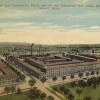
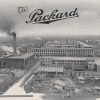
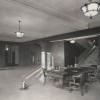
A PHP Error was encountered
Severity: 8192
Message: htmlspecialchars(): Passing null to parameter #1 ($string) of type string is deprecated
Filename: core/Common.php
Line Number: 554
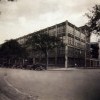
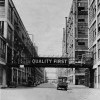
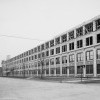
A PHP Error was encountered
Severity: 8192
Message: htmlspecialchars(): Passing null to parameter #1 ($string) of type string is deprecated
Filename: core/Common.php
Line Number: 554
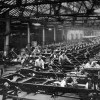
A PHP Error was encountered
Severity: 8192
Message: htmlspecialchars(): Passing null to parameter #1 ($string) of type string is deprecated
Filename: core/Common.php
Line Number: 554
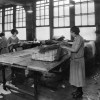
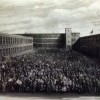
A PHP Error was encountered
Severity: 8192
Message: htmlspecialchars(): Passing null to parameter #1 ($string) of type string is deprecated
Filename: core/Common.php
Line Number: 554
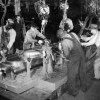
A PHP Error was encountered
Severity: 8192
Message: htmlspecialchars(): Passing null to parameter #1 ($string) of type string is deprecated
Filename: core/Common.php
Line Number: 554
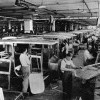
A PHP Error was encountered
Severity: 8192
Message: htmlspecialchars(): Passing null to parameter #1 ($string) of type string is deprecated
Filename: core/Common.php
Line Number: 554

